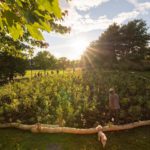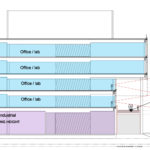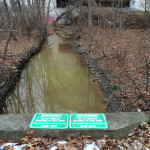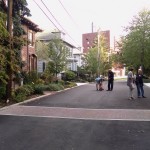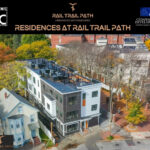
By Vincent Stanton, Jr. Data from various retrospective observational studies show that bicycle and pedestrian infrastructure enhance residential property values (reviewed in the article “Impact of Bike Facilities on Residential Property Prices” and in Chapter 6 of the Belmont Community Path Advisory Committee report). However, some of the most persuasive evidence comes from the simple observation that real estate agents—who are paid to market properties effectively and knowledgeable about what works—consistently mention paths when they are nearby. The easiest way to measure that practice is to scan the 100 to 150 word property descriptions near the top of listings. An [READ MORE]


